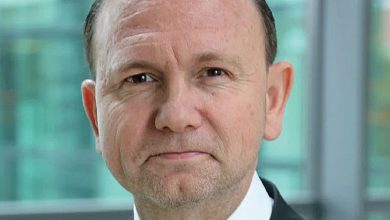Money supply growth raises inflation fears
Malawi’s broad money supply has been on the rise for six consecutive months based on Reserve Bank of Malawi (RBM) data, drawing fears from analysts of heightened inflationary pressures.
In its August 2025 Monthly Economic Review, the central bank observed that the total amount of monetary assets in an economy, including bank deposits, was recorded at 52.1 percent in August 2025 from 43.4 percent the previous month.
RBM said the increasewas driven by robust growth in term deposits, demand deposits and foreign currency deposits, which increased by K125.8 billion, K107.4 billion and K484.9 million respectively, a situation attributed to increased government borrowing.
Reads part of the report: “This [the growth] was mainly on account of net credit to government. The contribution of net credit to central government to the annual growth rate of money supply increased.
“On the liability side, the contributions of demand deposits and currency in circulation to the annual growth rate of broad money supply also increased.”

Speaking in an interview yesterday, University of Malawi macroeconomics lecturer Edward Leman attributed the high money supply growth to increased government borrowing.
While acknowledging that the growth in money supply could increase production, he highlighted that it has the potential elevate demand and affect inflation rate, currently at 28.2 percent as of August 2025.
Said Leman: “In theory, money supply growth can stimulate production as firms respond to rising demand. However, in our context where supply has consistently been
weak, this increase in money supply mainly fuels demand and creates inflationary pressures.
“In simple terms, too much money chasing too few goods leads to higher prices. Key factors behind this rise include increased government expenditure and borrowing as well as higher household and business spending.”
He said many individuals and firms are digging deeper into their savings to afford goods and services amid cost of living crisis and general inflation, a situation which injects more money into circulation and increasing supply.
Finance expert Brian Kampanje yesterday linked increased government spending and borrowing associated with election spending during campaign period to the growth in money supply.
He said the accelerated money supply growth could be a result of the expansionary fiscal policy adopted towards the September 2025 General Election.
“The excess liquidity fuelled the demand pull inflation, leading to dwindling living standards of the general populace, especially those in the rural areas. This also exerted pressure on the foreign currency exchange rate on the black market,” said Kampanje.
In an interview, Scotland-based Malawian economist Velli Nyirongo warned that the country risks exacerbating rising prices if authorities fail to match the growth in money supply with increased production.
“This scenario disproportionately affects rural and small-income households, whose incomes are fixed and usually spend a higher proportion of their earnings on essential goods,” he said.
Inflation rate was recorded at 28.2 percent in August 2025 with RBM forecasting the rate to average 28.5 percent by end this year as the Monetary Policy Committee maintained the policy rate at 26 percent.
The situation means lending rates for commercial banks remain elevated with high-risk borrowers attracting interest rates of as high as 36 percent.
The RBM report indicated that the contributions of term deposits and foreign currency-denominated deposits declined during the review period.
The report further showed that on a month-on-month basis, broad money increased by K206.9 billion to K7.2 trillion in August 2025




